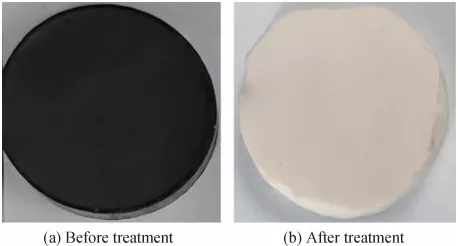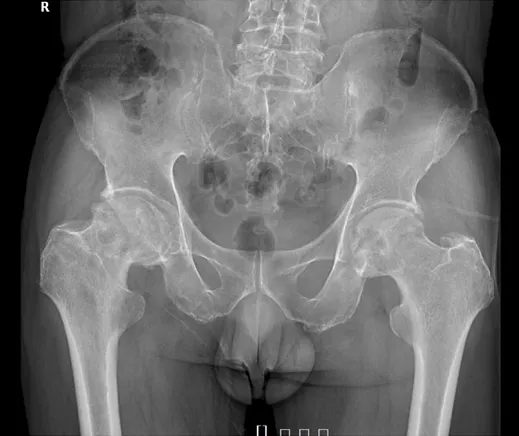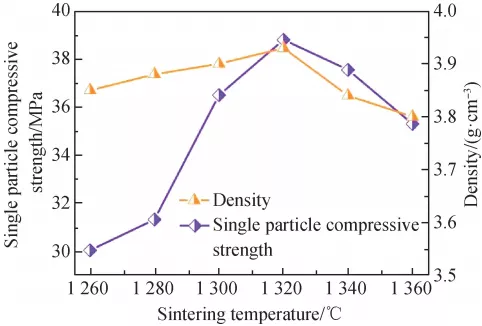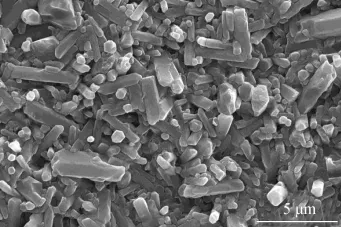Abstract: First, zinc oxide nanosheets were fabricated on a transparent conductive glass (FTO) substrate by electrochemical deposition. Then, the ZnO nanosheets were etched with KOH solution to obtain porous nanosheet films. The electrochemical deposition method was used to deposit CdS quantum dots onto the surface of ZnO nanosheets to obtain a CdS sensitized porous ZnO nanosheet film. The crystal structure, morphology, and photoelectric properties of the composite films were investigated by X-ray
diffraction, field emission scanning electron microscopy, high resolution transmission electron microscope, and electrochemical workstation. The results show that the photoelectrochemical conversion performance of porous ZnO nanosheet photoanodes after KOH solution etching is significantly higher than that of ZnO nanosheets. The photoelectrochemical conversion efficiency first increases and then decreases with the etching time. The photoelectric conversion efficiency of the sample was increased by 7.2 times with 30 min of etching. After the porous ZnO nanosheets are sensitized with CdS quantum dots, the CdS quantum dots can be closely and uniformly grown on the surface of porous ZnO nanosheets and form heterojunctions with ZnO nanosheets. The photoelectric conversion efficiency was greatly improved. The highest photoelectric conversion efficiency of the composite film was 1.176% with an etching time of 60 min, which provides an experimental basis for the potential application of quantum dot sensitized solar cells.
Keywords: zinc oxide nanosheets; cadmium sulfide quantum dots; photoelectric conversion efficiency
Declaration: This article is provided by CERADIR™ users or obtained from Internet, the content does not represent the position of CERADIR™. We are not responsible for the authenticity/accuracy of the article, especially the effects of the products concerned. This article is for study only, it does not constitute any investment or application advice. For reprinting, please contact the original author. If it involves the copyright and/or other issues, please contact us and we will deal with it asap! CERADIR™ has the interpretation of this declaration.







